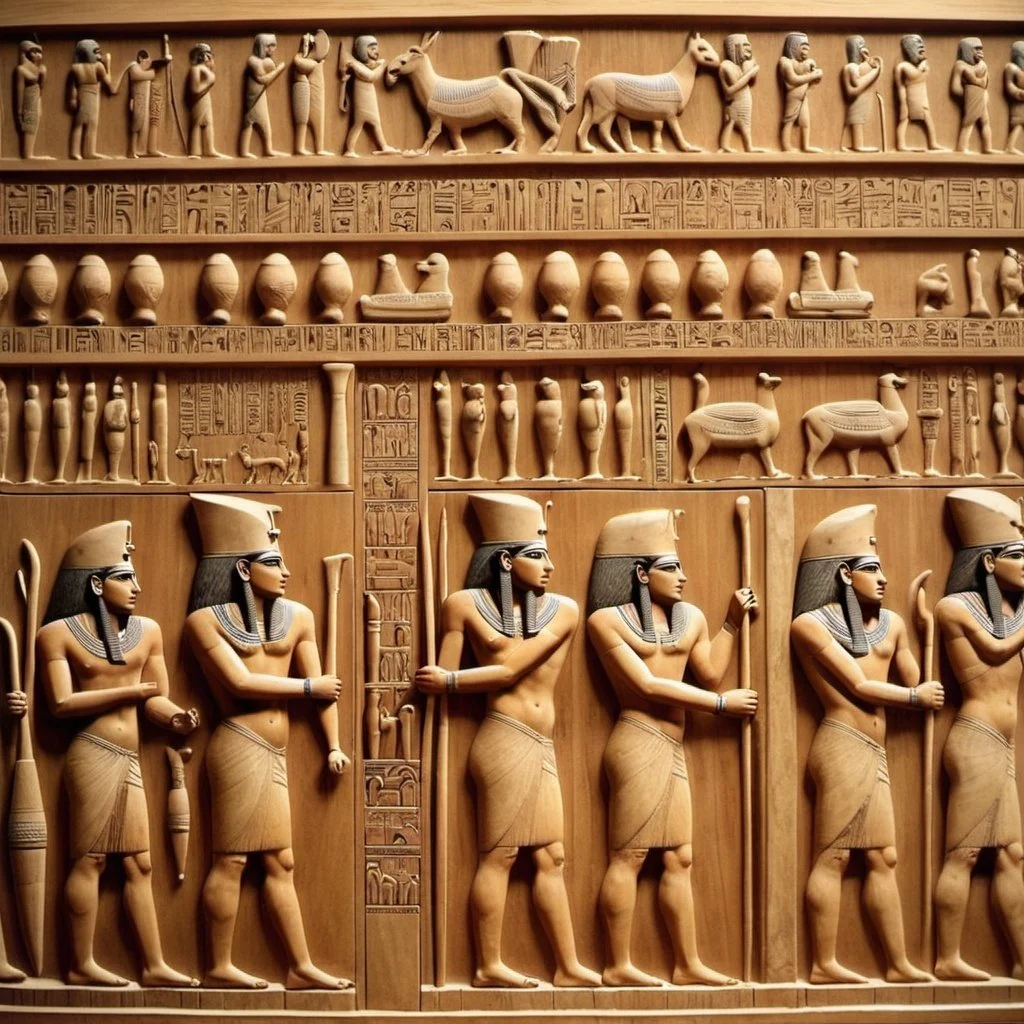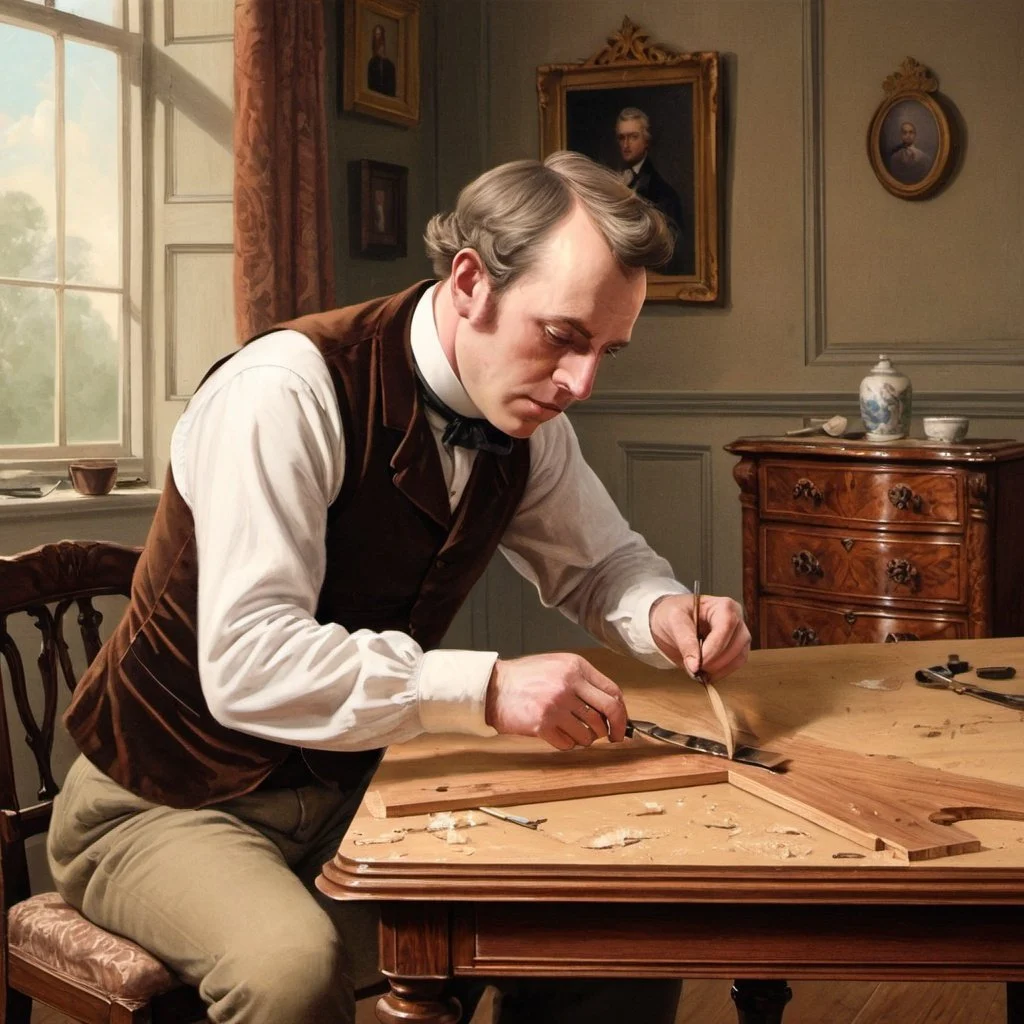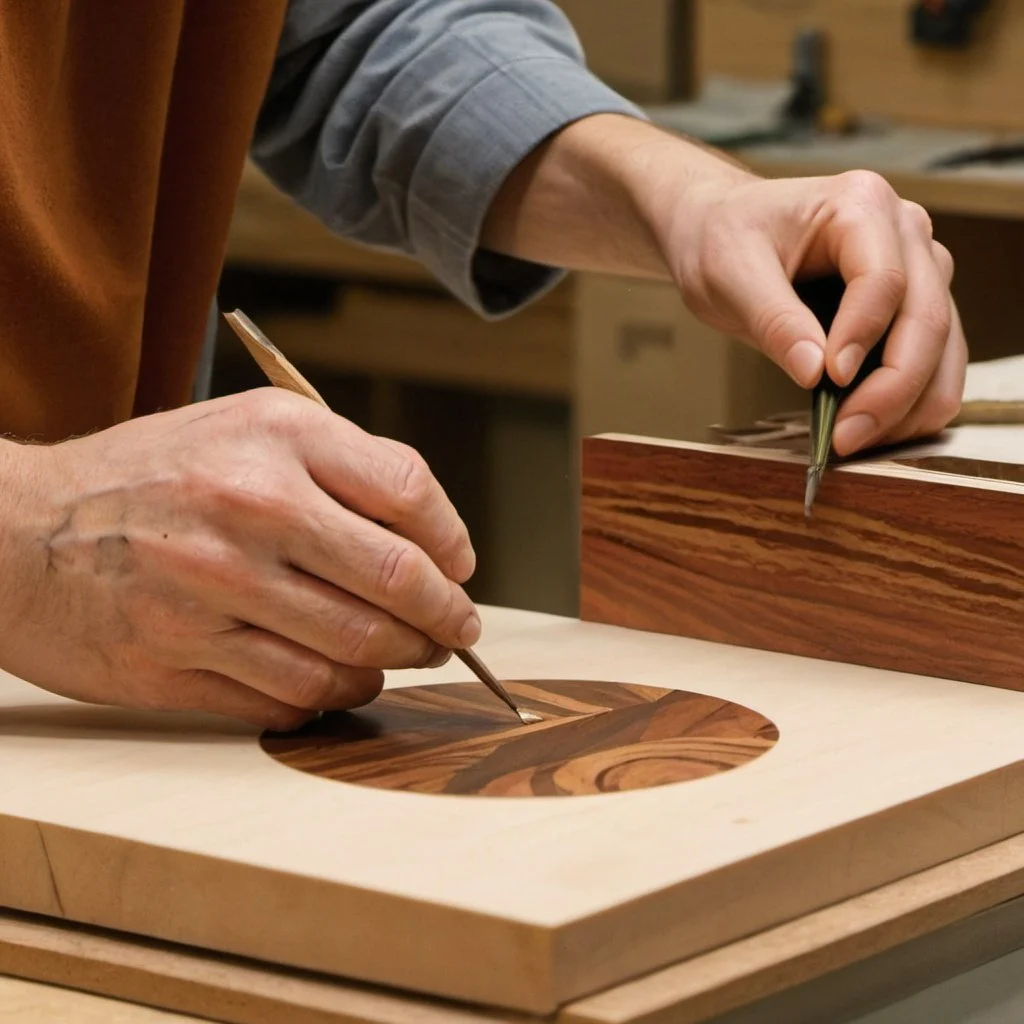From Ancient Civilizations to Modern Design: The Evolution of Veneer

Wood has always been at the heart of design and craftsmanship, symbolizing both luxury and functionality. Among the many ways wood has been used through the ages, veneering stands out as an art that has traveled across centuries. From the grandeur of ancient civilizations to the sleek modern interiors of today, veneer has evolved into a versatile design material that reflects both tradition and innovation.
The Origins of Veneer in Ancient Civilizations
Veneer isn’t a new concept—it dates back thousands of years. The earliest records trace its use to Ancient Egypt around 3,000 BC. Egyptian craftsmen would slice thin layers of rare wood and apply them to furniture, sarcophagi, and royal artifacts. This practice not only maximized the use of exotic timber but also elevated the visual appeal of everyday objects into works of art.
The Greeks and Romans later embraced veneering, using it to decorate architectural panels, furniture, and public spaces. Veneer became a hallmark of prestige, reserved for temples, palaces, and aristocratic homes.


Veneer in the Renaissance and Beyond
During the Renaissance period in Europe, veneering techniques reached new heights. Craftsmen developed intricate marquetry and inlay work, combining different veneers to create artistic patterns and storytelling motifs. Veneer became central to fine furniture making, symbolizing refinement, wealth, and artistry.
By the 17th and 18th centuries, veneering had spread widely across Europe. Kings and nobles sought furniture adorned with exotic woods like walnut, mahogany, and rosewood, making veneer not just a design material but a symbol of global trade and discovery.
The Industrial Revolution: Veneer for the Masses
The Industrial Revolution in the 19th century transformed veneer production. Advancements in machinery made it possible to cut thinner and more uniform sheets of wood. This shift made veneer more accessible to the middle class while preserving its elegance and appeal. Veneer was no longer just for palaces—it found its place in homes, offices, and public buildings across the world.


Veneer in Modern Design
Today, veneer has become synonymous with sustainable luxury and innovative design. Modern architects and interior designers use veneers for furniture, wall cladding, ceilings, and bespoke detailing. With evolving technology, veneers now come in diverse finishes, grains, colors, and thicknesses, allowing them to adapt to contemporary design needs while retaining their natural beauty.
Eco-Friendly Choice: Veneer uses less wood than solid timber, making it a sustainable alternative without compromising on aesthetics.
Design Flexibility: From natural wood finishes to dyed, smoked, or patterned veneers, designers can explore endless possibilities.
Durability: Modern processing ensures veneers are sturdy, long-lasting, and versatile across applications.
The Venzo Approach: Crafting Veneers for Today and Tomorrow
At Venzo, we believe veneer is more than just a surface—it’s a story of nature, history, and craftsmanship. Our veneers are sourced from trusted suppliers across globe curated for their grain, texture, and aesthetic appeal. Each sheet is treated not as a commodity but as a timeless legacy of wood, crafted to elevate spaces into experiences.
Whether you are an architect envisioning a statement project or a homeowner designing a luxurious interior, Venzo offers a wide range of premium veneers that combine the legacy of tradition with the vision of modern design.

Conclusion
From the tombs of Pharaohs to the minimalist interiors of modern apartments, the evolution of veneer is a journey of creativity, sustainability, and timeless beauty. Veneer has proven its ability to adapt and inspire across centuries, and in today’s world, it continues to shape spaces that are both meaningful and luxurious.
At Venzo, we carry this tradition forward with a commitment to quality, design, and innovation. Explore our collection to see how you can bring the beauty of natural veneer into your next project.
